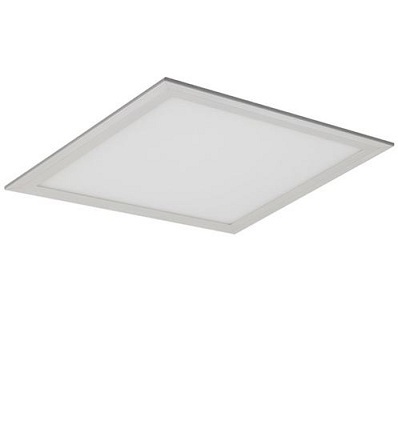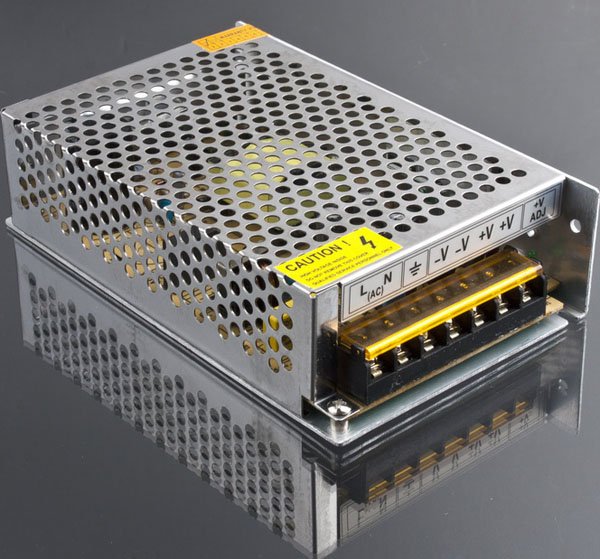Using LED lights - tips and info
Just an update and sharing something about those LED lights.
It's the in thing now to install LED instead of PLC or or similar energy saving lights. But a LED light needs power, which is supplied by a transformer, and this can be inbuilt, such as those ceiling lights eg:

Or it can be an external brick, such as this:

And some planning is needed for this. If we get shoddy goods, and that said brick is concealed, it will be pretty hard to retrieve it or change it. So some forward planning is needed, and that way, one can consider how to replace it when it goes south.
So heat dissipation is vital, and confined spaces can kill the LED lamp or it's power supply.
(http://www.ledsmagazine.com/articles/print/volume-11/issue-7/features/last-word/led-lamp-life-expectancy-depends-on-fixture-type-and-usage-scenario.html)
Sure, a good LED can last 50 000 hours, but this is only if the power supply lasts that long.
A simple idea might be to use a socket that can fit an incandescent bulb, CFL or LED but make sure there's plenty of clearance and heat dissipation.
http://www.electronicsweekly.com/led-luminaries/uncategorized/led-life-expectancy-2009-02/
It's the in thing now to install LED instead of PLC or or similar energy saving lights. But a LED light needs power, which is supplied by a transformer, and this can be inbuilt, such as those ceiling lights eg:

Or it can be an external brick, such as this:

And some planning is needed for this. If we get shoddy goods, and that said brick is concealed, it will be pretty hard to retrieve it or change it. So some forward planning is needed, and that way, one can consider how to replace it when it goes south.
The life of an LED driver is mainly determined by the lifetime of the electrolytic capacitors employed. Therefore, to achieve long life of the LED drivers, it is critical to select long-life, quality electrolytic capacitors. Also, since the life of electrolytic capacitors drops by half for every 10°C increase in operating temperature, thermal management of these components is important. Two key factors for reducing the temperature of the capacitors are high efficiency design (dissipating less heat in the driver) and thermal design (effective conduction and/or convection of the heat into the ambient surroundings).
So heat dissipation is vital, and confined spaces can kill the LED lamp or it's power supply.
(http://www.ledsmagazine.com/articles/print/volume-11/issue-7/features/last-word/led-lamp-life-expectancy-depends-on-fixture-type-and-usage-scenario.html)
Sure, a good LED can last 50 000 hours, but this is only if the power supply lasts that long.
A simple idea might be to use a socket that can fit an incandescent bulb, CFL or LED but make sure there's plenty of clearance and heat dissipation.
http://www.electronicsweekly.com/led-luminaries/uncategorized/led-life-expectancy-2009-02/
However, there are times when, even high quality, LED products can last as little as a year. The problem with these can be attributed to a large number of things, here are a few main causes:Heatsink
Designing a heatsink is a fine science. Some heatsinks do not have the correct amount of surface area, some do not take into consideration about the gaps between fins to enable air flow. Some have horizontal fins, when they are positioned vertically. The main design fault with the latter, being that heat rises. Rather than dispersing the heat away from the bulb, the heat coming from the lower fins heat the upper fins even more.Capacitors
Most, standard, electronic capacitors are made from a plastic. These have an average life time of around 1 year, if used regularly. Capacitors are part of the circuit in every LED driver. Now a number of companies are making their capacitors from ceramics, giving them a much longer life expectancy.Environment
LEDs are usually designed to work in our country, and in our climate. If they are used in a hot country, or enclosed area, the heat around them can easily surpass the heat they were designed to withstand, shortening their life time.- See more at: LED Life Expectancy | Electronics Weekly




This comment has been removed by the author.
ReplyDelete